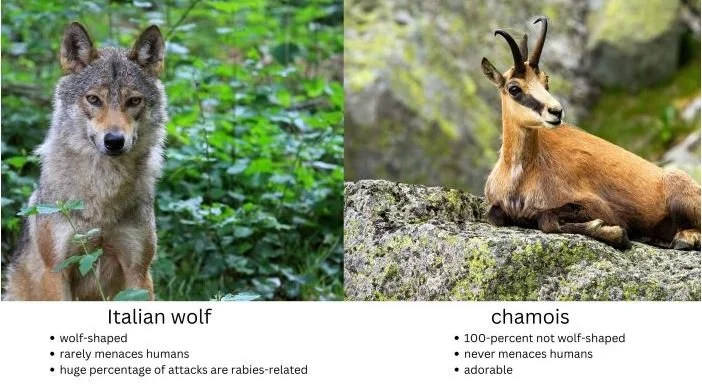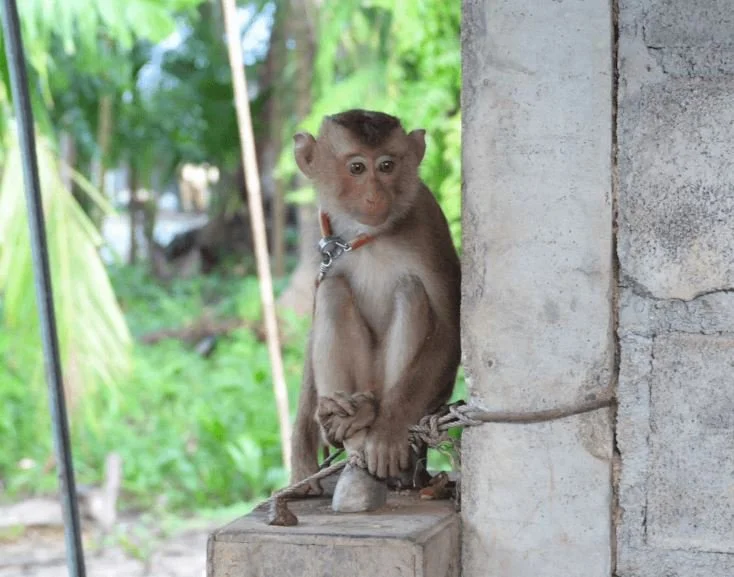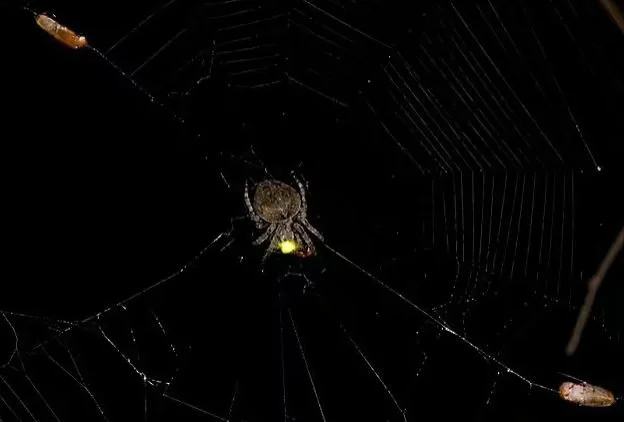Virgin False Widow Spiders Find Love With Chemistry
Researchers at Simon Fraser University have been watching the mating rituals of the false widow spider (Steatoda grossa). They find that the female spins her web, douses it with pheromones to attract males, then tweaks the composition of her come-hither chemicals as necessary to elicit the desired sexual response.
In a study led by the university’s resident “spider man,” PhD candidate Andreas Fischer, the researchers let 93 sexually mature, adult virgin female false widow spiders spin their webs on small wooden scaffolds. Then they gathered up the webs and chemically analyzed them in the lab, where they were able to determine the chemical structure of the pheromone and identify the organ that generates it—the posterior aggregate silk gland.
“We also found that female false widow spiders have a sophisticated method to constantly ‘mate call’ by slowly breaking down the courtship-inducing pheromone components to sex attractant pheromone components that lures the males in,” Fischer said in a university press release.
For the males hopped up on pheromones, love is fleeting: the boys usually croak shortly after mating. A female S. grossa can live up to six years (and drop three or more egg sacs per year, with 40-100 eggs to a sac), while the typical male’s lifespan is only a year or so.
S. grossa goes by many names: cupboard spider, dark comb-footed spider, brown house spider, as well as false widow or false black widow. It is considered a “cosmopolitan species,” meaning it can thrive all over the world in appropriate habitats. They’re found in North America, Australia and New Zealand, and Europe.
To date, only insects are known to actively regulate the amount and timing of pheromone production and dissemination. The researchers say more study is required to determine if arachnids like these web-building spiders have the same fine-tuned capacity to find love
The current research appears in the journal Nature Communications Biology.
Photo credit: Simon Fraser University







